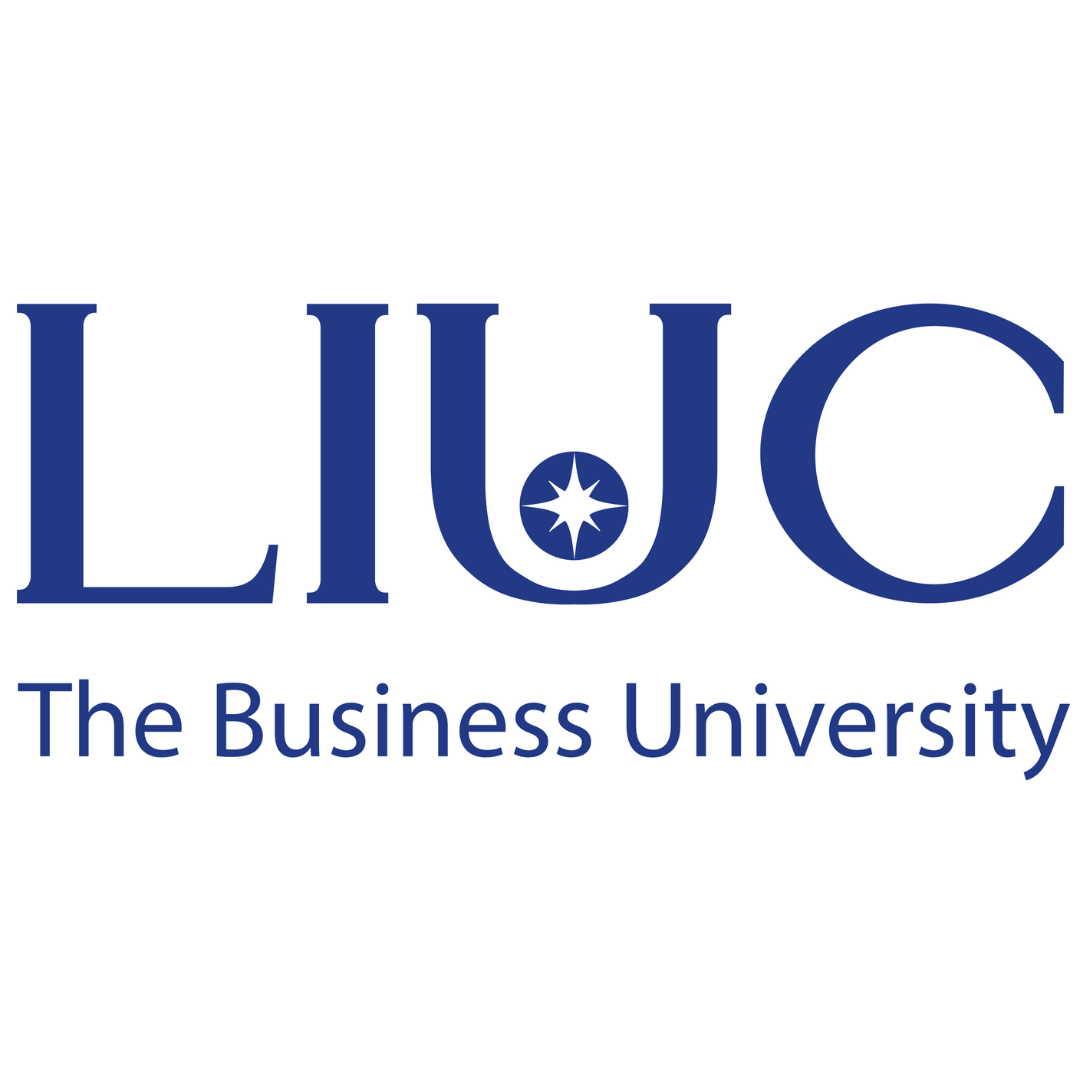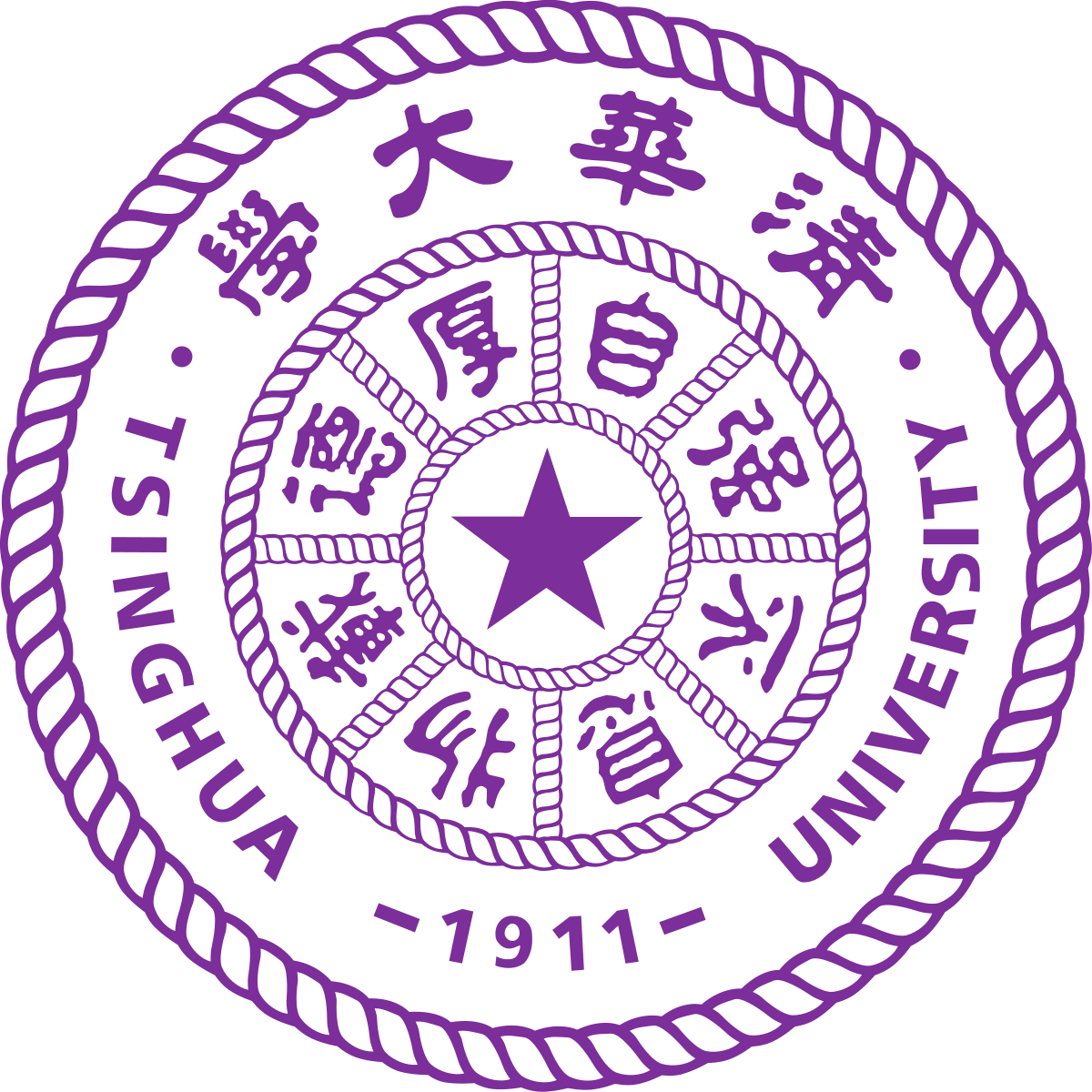📚About the Program
Sound and vibration master's programme at Chalmers
Contribute to a sustainable built environment and support the development of products and services with the right sound and vibration properties. The master's programme in Sound and vibration at Chalmers is unique in Sweden and with its breadth within acoustics engineering one of very few in Europe and worldwide.
Sound and vibrations are a fundamental part of our daily life. Visual and auditory stimuli represent our main source of information from the outer world. Therefore, it is no surprise that sound and vibration properties are critical for the experienced quality of environments or products such as high-speed trains, road vehicles, outdoor and indoor environments, sound reproduction systems, virtual environments, or communication systems.
The lack of appropriate sound and vibration quality leads to dysfunctional products and environments. In the very end, it even may lead to adverse effects such as annoyance, sleep disturbance, and stress, impacting people's well-being and health.
Therefore, the master’s programme Sound and vibration is aimed towards engineers who want to contribute to a "better acoustic world" by creating products with high sound and vibration quality as well as functional and sustainable environments that offer space for recreation, supporting people's well-being and health. To prepare for such challenging tasks, the programme offers a broad education in the interdisciplinary field of acoustics incorporating fields as diverse as physics, mechanics, physiology, signal processing, psychology, and electrical engineering.
The programme structure allows for a specialization in different areas such as noise control engineering, architectural acoustics, environmental acoustics, or audio technology. Cooperation with other master's programmes inside Chalmers and at Scandinavian and European universities enables the range of specialisations to be further extended.
The master's programme has a strong focus on the link between theory and practical application. The focus is on identifying and solving problems by using experimental investigations, physical reasoning, analytical models, and numerical methods. This is accomplished through project work in small groups guided by experienced teachers, as well as through access to experimental facilities especially suited to this purpose.
Show less












